


Aseptic Red Papaya Concentrate is produced from ripe red papaya fruit, processed under hygienic conditions and concentrated for extended use. It retains the fruit’s bright color, soft texture, and sweet tropical profile—widely used in beverages, baby food, and functional nutrition products.


Aseptic Red Papaya Concentrate is produced from ripe red papaya fruit, processed under hygienic conditions and concentrated for extended use. It retains the fruit’s bright color, soft texture, and sweet tropical profile—widely used in beverages, baby food, and functional nutrition products.

.3d8f8f41.svg)
Food & Nutrition
.3556d45a.svg)

Food Ingredients


Fruit Products & Extracts
Included in Quote
Included in Quote
Included in Quote
Included in Quote
.7767eb0f.png)

Chemical Properties & Specifications
Used in tropical juice blends, RTD health beverages, and rehydration products.
Added as a natural, sweet tropical fruit with high digestibility.
Applied in high-fiber wellness drinks and antioxidant-rich superfruit blends.
Used in muffins, puddings, ice creams, and jam formulations.
Combined into marinades, chutneys, and fruit-based hot sauces.
Brix typically ranges from 25–30°, providing concentrated sweetness and viscosity. This affects dilution ratios, mouthfeel, and processing yield in juices, smoothies, and desserts.
Yes, the concentrate contains no added sugar, flavor, preservative, or color—making it suitable for clean-label and organic-certified products.
Yes, it maintains color, aroma, and stability under UHT, pasteurization, hot-fill, and mild retort conditions.
Conforms for fruit concentrates.
Red papaya is widely accepted in baby food and wellness formats due to its soft texture, fiber content, and antioxidant profile, provided it's backed by food-grade documentation and microbial control.
ISO 22000, HACCP, FSSAI, Halal, Kosher, Organic (on MOQ basis), and COAs for each batch.
Standard documentation includes COA, Phytosanitary Certificate, Pesticide Residue Report, COO, MSDS, and batch-level traceability.
220L aseptic drum, and 1000L tote. Custom sizing available based on buyer needs and logistics setup.
MOQ typically starts at 1 metric ton (4–5 drums). For organic, the MOQ is generally higher due to certification and batch segregation requirements.
Shelf life is 18–24 months sealed. Aseptic packaging removes the need for cold chain before opening, simplifying storage and transport.
Brix 25–30°, customized on request.
Yes, papaya is not classified as a major allergen and complies with EU and US allergen labeling regulations.
Yes, export-ready with full compliance documentation. Suppliers offer containerized shipping with temperature-control options if needed.
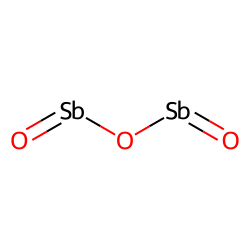
CAS No. : 1309-64-4
Category : Inorganic compound
Sub-Category : Flame retardants
Description: Antimony trioxide (Sb2O3) is an inorganic compound commonly used as a flame retardant and as a catal...
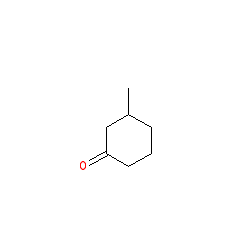
CAS No. : 36306-87-3
Category : Fragrance Ingredients
Sub-Category : Aroma Chemicals
Description: Kephalis is widley used in many industries. It plays a key role in the production of resins, coating...
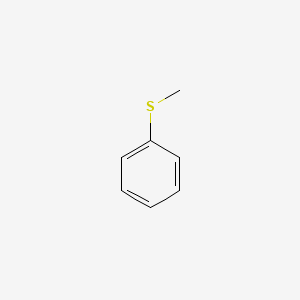
CAS No. : 100-68-5
Category : Pharmaceutical Actives & Precursors
Sub-Category : Intermediates & Precursors
Description: Thioanisole is a colorless to light yellow liquid with an aromatic odor. It serves as a valuable int...
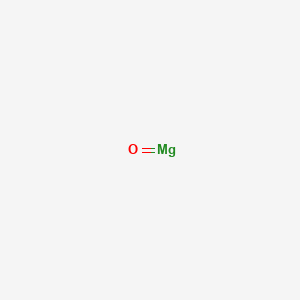
CAS No. : 1309-48-4
Category : Inorganic compound
Sub-Category : Magnesium compounds
Description: Magnesium oxide, commonly known as magnesia, is a white hygroscopic solid mineral that occurs natura...
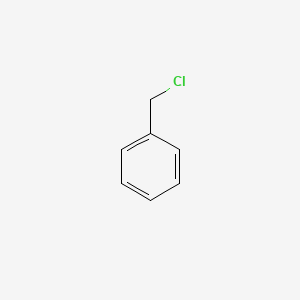
CAS No. : 100-44-7
Category : Organic Intermediate
Sub-Category : Reagents
Description: Benzyl Chloride is a colorless to pale yellow liquid with a pungent odor. It is primarily used as an...